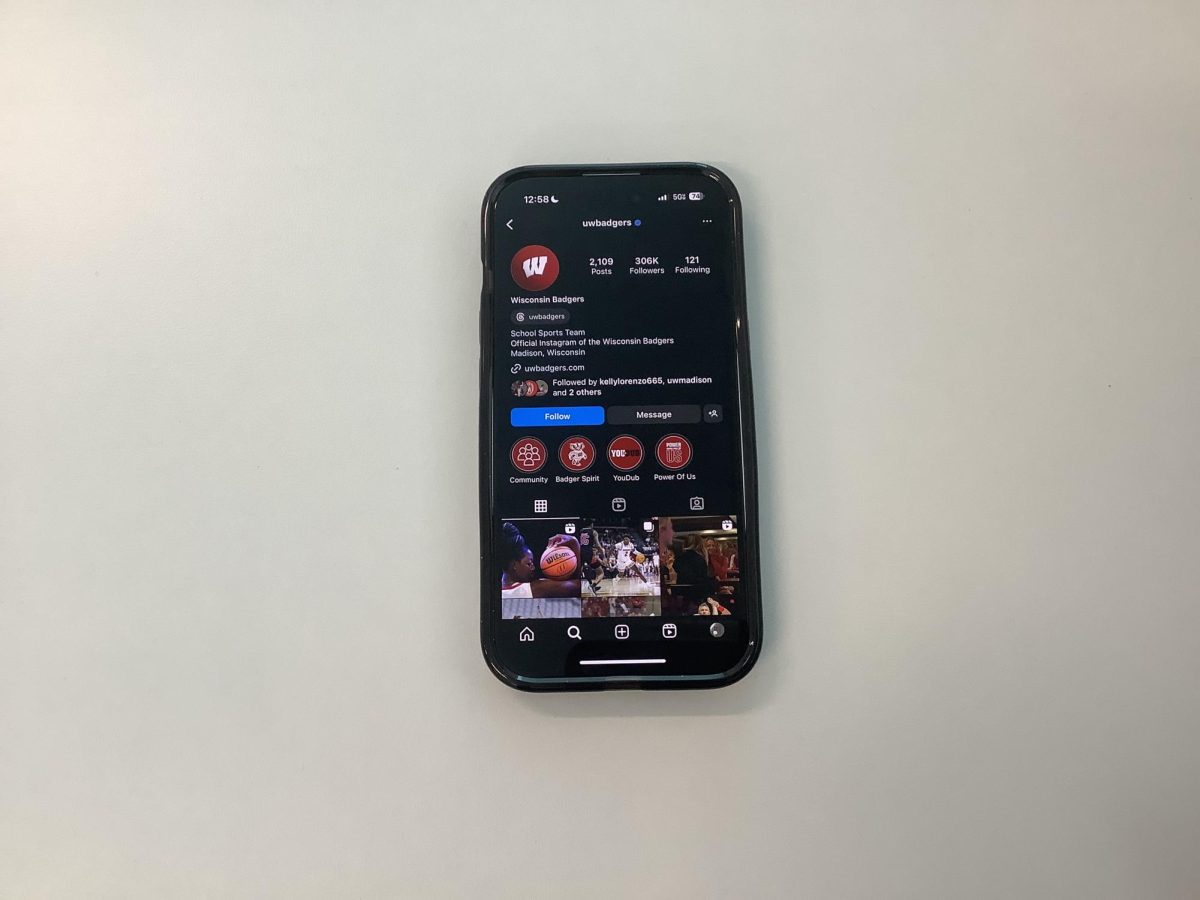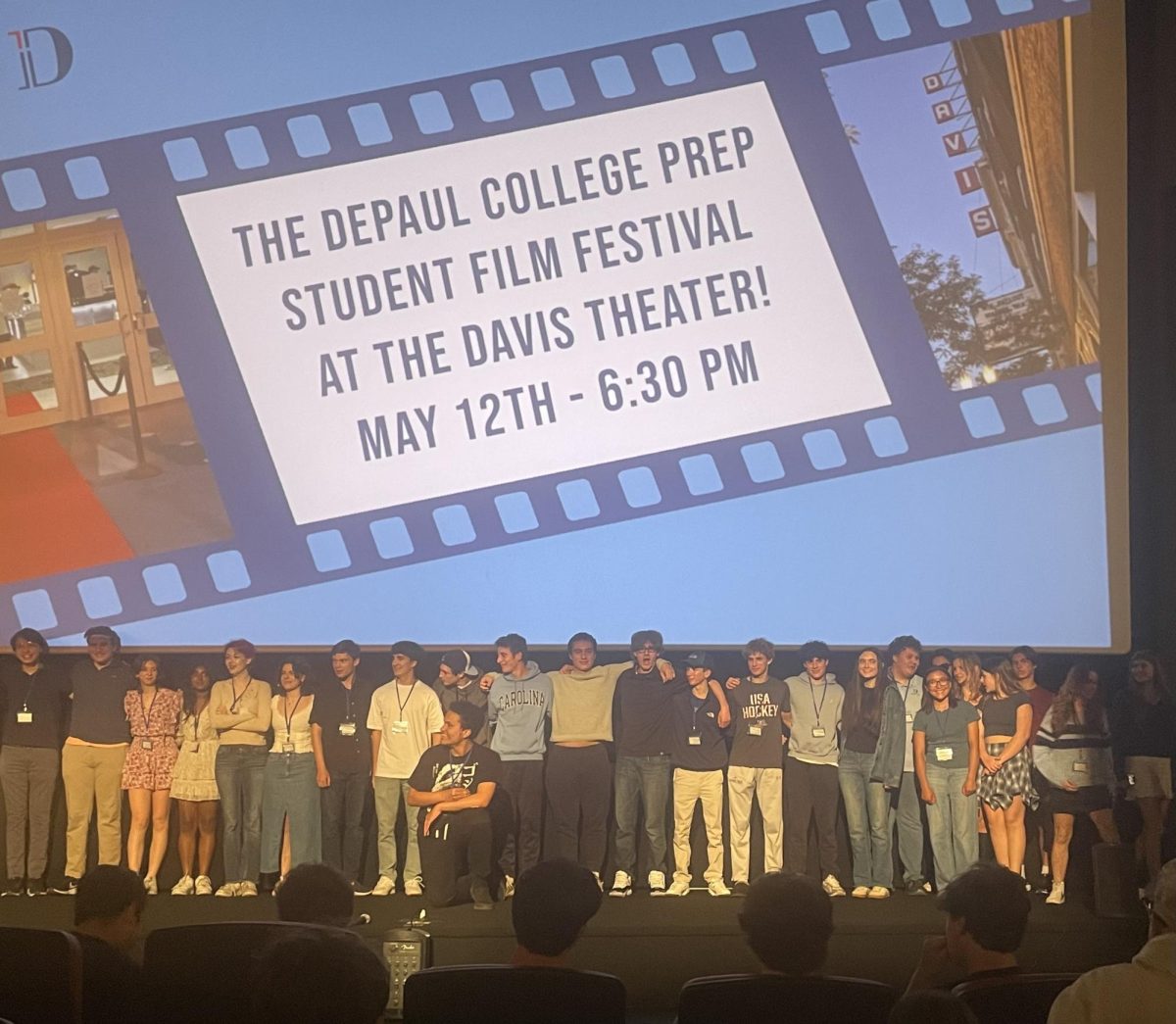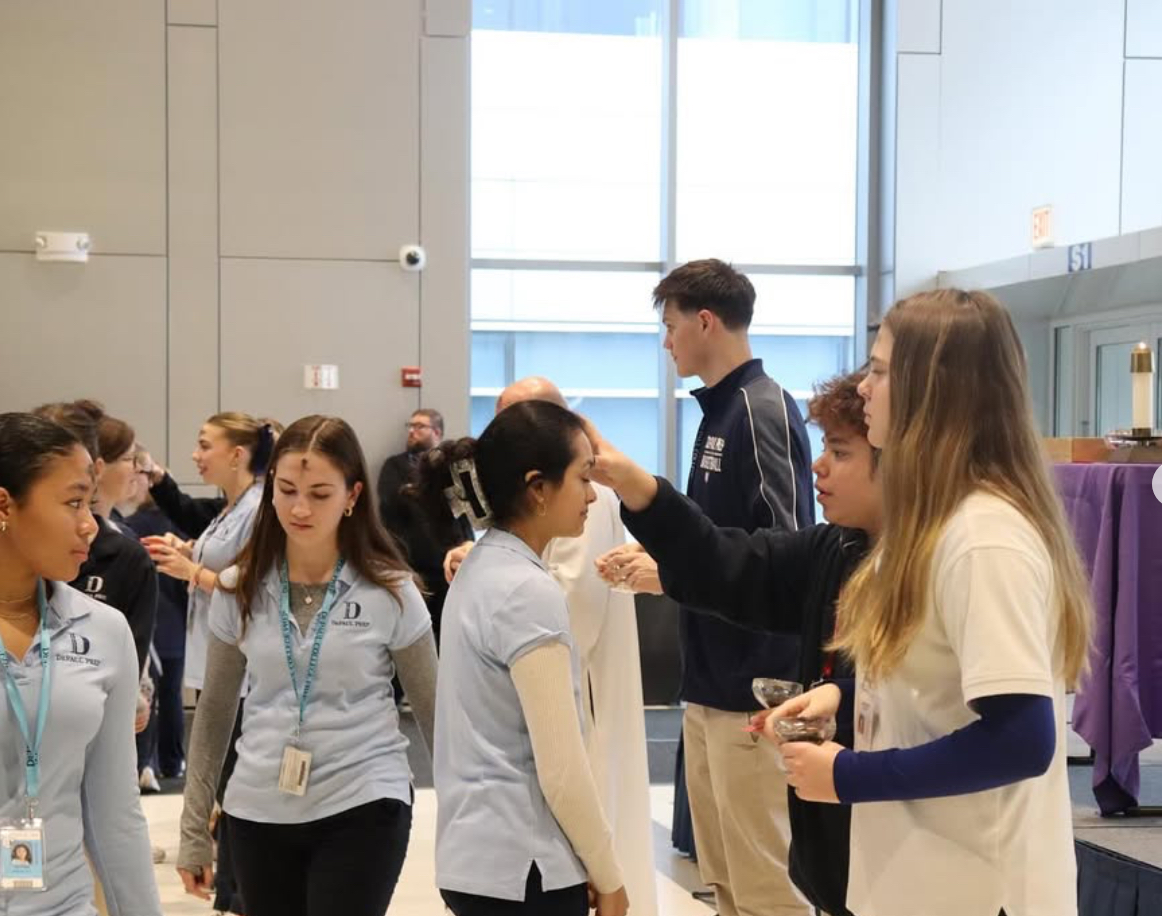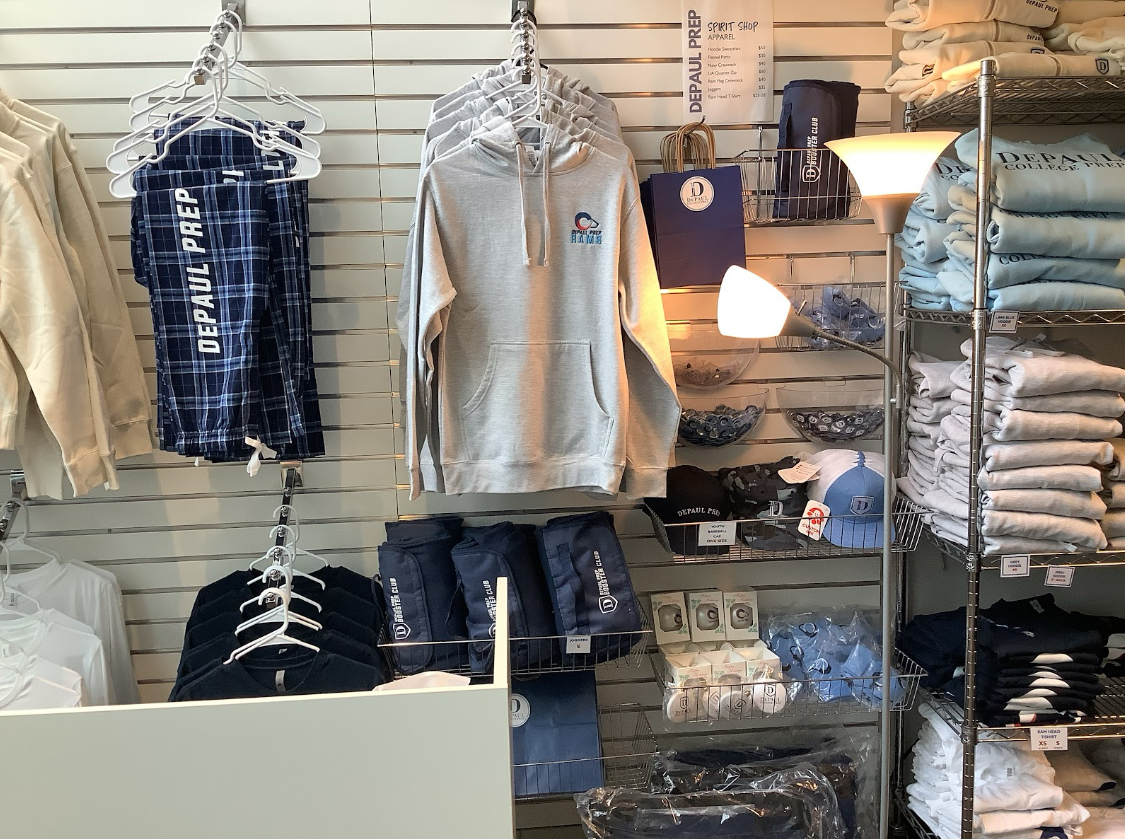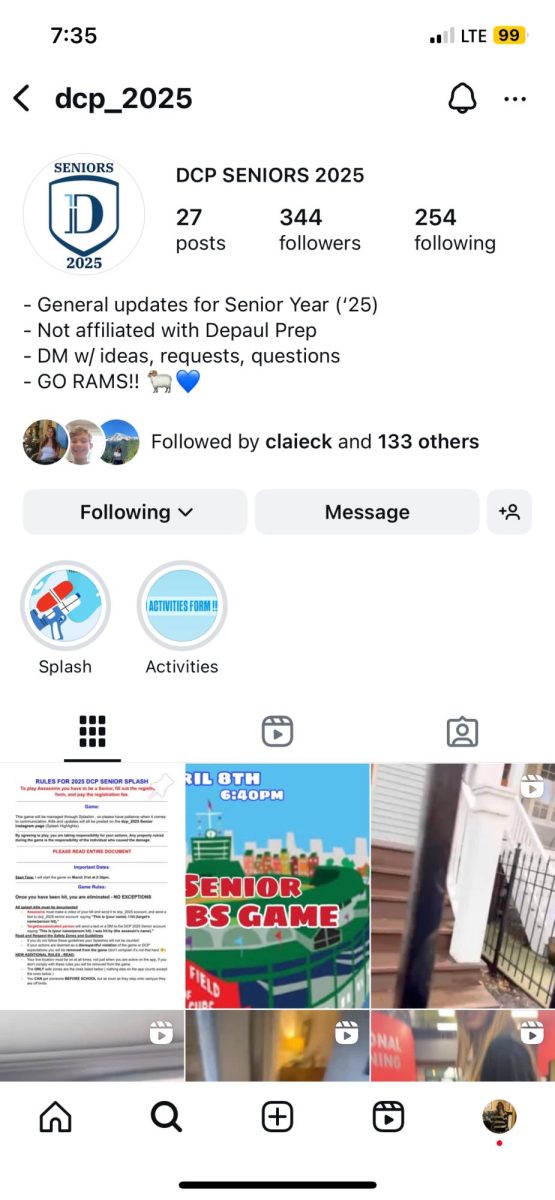With the rise of social media, many things have changed. Every day, people see hundreds of snippets of others’ lives. Almost every aspect of day-to-day life has changed to involve the internet in some way. As the November 1 early admission deadline approaches for seniors across the country, how does the rise of social media use affect that process?
Social media creates a broader audience for many organizations, and colleges and universities are no exception. Director of College Counseling at DePaul Prep, Tony Minestra, says that a lot has changed in his time as a college counselor, and even more since his time as a student approaching the college process.
Compared to high school students of past generations, “What students are exposed to, what you’re aware of, and your sphere of influence, has totally changed now,” he says.
Social media has made the college selection process more accessible to students, no matter where they come from. Minestra says that “growing up in the 80s and 90s, the only thing that you had access to was the filing cabinet in your guidance counselor’s office.”
Now, it is becoming more and more commonplace for universities to have a presence on social media. This can help give students an idea of what student life is like on campus and where they can best see themselves.
In the past, students found colleges through mail they received or through the school’s websites. However, Minestra says that now, “most students aren’t engaging with schools directly through their websites, they are finding them on their social feeds.” This can help introduce students to a wider variety of schools in a short time span.
Assistant Admissions Director at the University of Kentucky, Leigha Cameron, says that “we have a big presence on [social media], especially with athletics.” A typical post from a university account can include anything from tips to help with applications and reminders of important events to showcasing athletic and club life on campus.
Typically, college social media accounts can be a useful tool when considering the overall atmosphere of a school, says Minestra: “You need people who speak the language of younger people.” Most social media accounts are run by the youngest members of a school’s admissions teams, which can make the accounts a behind-the-scenes look at real campus life.
However, senior Claire Stiglicz says that despite following their accounts, college’s posts “did not contribute to” her decision making process.
As a whole, the college admissions process is moving towards a more holistic approach, meaning one that looks at a student as a whole. This includes traditional factors such as GPA and test scores, but also includes looking at extracurriculars and who a student is outside of the classroom.
This also means that some schools might include looking at an applicant’s social media as a part of their admissions process. Minestra says that “it’s really important for young people to understand that this isn’t just a one way communication.” And while Cameron says that the University of Kentucky does not look at students’ social media profiles, schools with less applicants or a highly competitive applicant pool may be more likely to, says Minestra.
As the world becomes increasingly digital, social media can be a valuable tool in the college search process. Social media can help discover a school from a distance, and get a better sense of what the school is really like.


